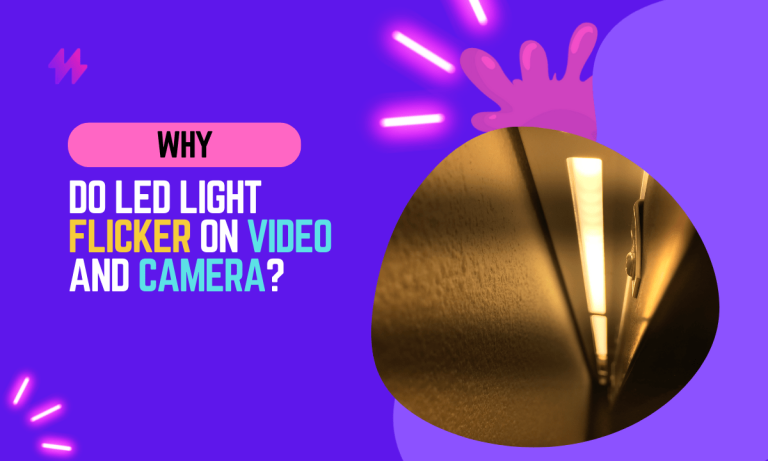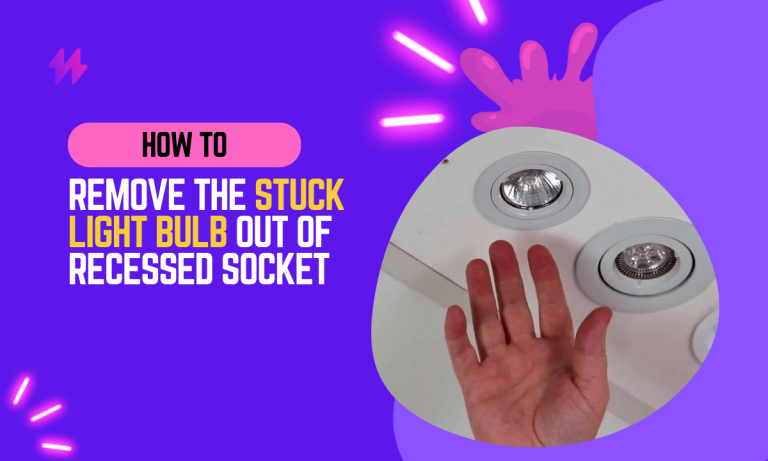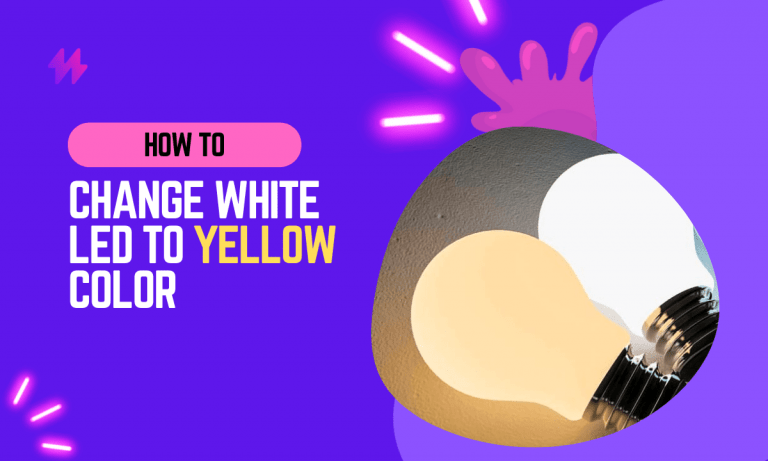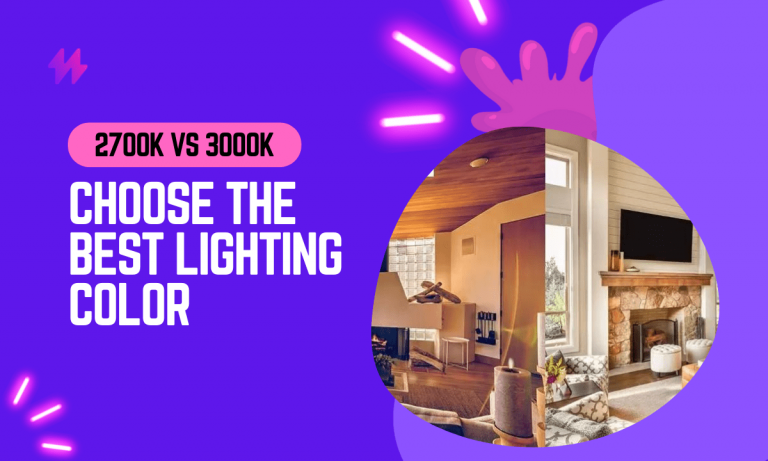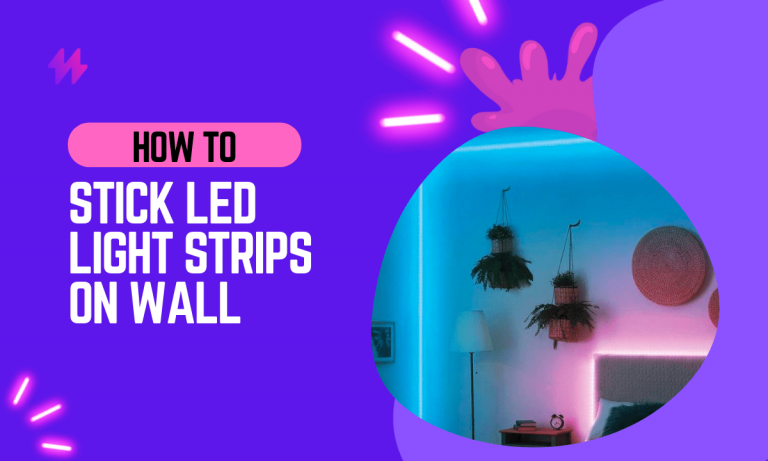Can Plants Grow in LED Light?
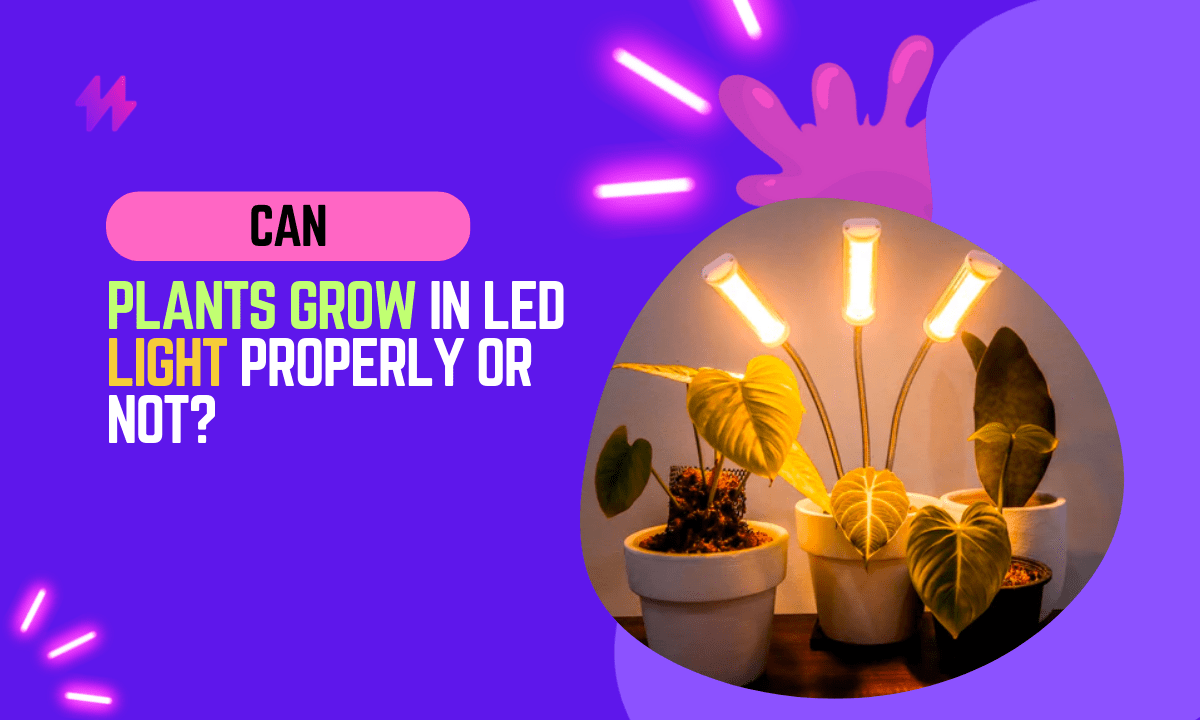
In recent years, LED lights have become increasingly popular as a lighting option for homes and businesses. They are more energy-efficient than traditional incandescent bulbs, and they can last for many years. However, some people are concerned about whether or not LED lights are safe for plants.
In this article, I will discuss the question of whether or not plants can grow in LED light. I will share as an LED light technician with more than a decade of experience, and I will provide you with the information you need to make an informed decision about whether or not LED lights are right for your plants.
Can Indoor Plants Grow in LED Light?
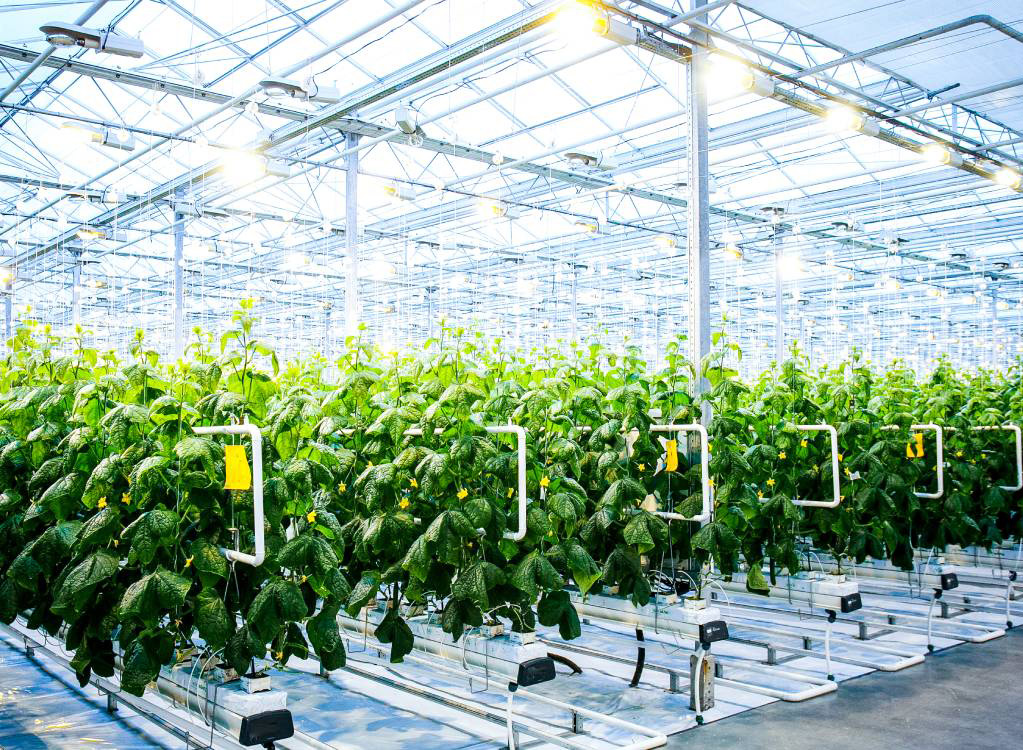
The answer is yes, plants can grow in LED light. However, there are a few things you need to keep in mind to ensure that your plants get the light they need to thrive.
First, you need to make sure that the LED lights you are using are providing the right spectrum of light for your plants. Plants need a combination of red, blue, and green light to grow properly. Most LED lights are designed to emit a specific spectrum of light, so you will need to choose a light that is specifically designed for plants.
Second, you need to make sure that the LED lights are providing enough light intensity for your plants. The amount of light intensity that a plant needs depends on the type of plant, but as a general rule, plants need at least 5000 lux of light to grow properly.
Also read: Which is The Best Light for Plant Growth?
How to Choose the Right LED Lights for Your Plants?
If you are thinking about using LED lights for your plants, there are a few things you need to keep in mind to choose the right lights.
First, you need to ensure that the lights provide the right spectrum of light for your plants. Most LED lights are designed to emit a specific spectrum of light, so you will need to choose a light that is specifically designed for plants.
Second, you need to ensure that the lights provide enough light intensity for your plants. The amount of light intensity that a plant needs depends on the type of plant, but as a general rule, plants need at least 5000 lux of light to grow properly.
Finally, you need to make sure that the lights are durable and long-lasting. LED lights can last for many years, but you should still make sure that you are buying a quality product from a reputable manufacturer.
Check out: Lumen To Watt Calculator: Convert Lumens to Watt
Can LED lights provide enough Light for Plants to Grow?
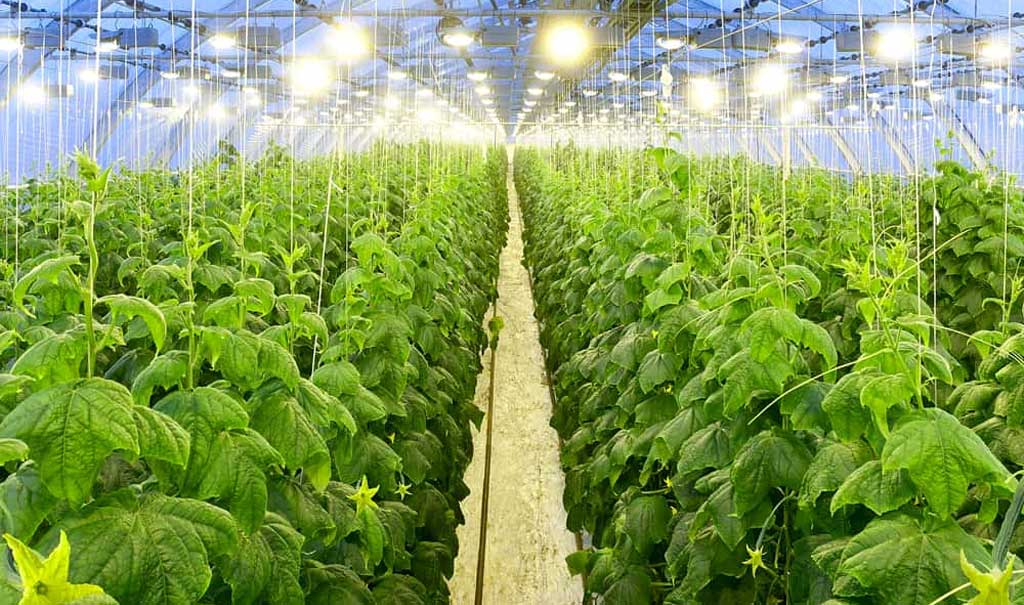
LED lights can provide enough light for plants to grow, but the intensity of the light will need to be adjusted depending on the type of plant and the stage of growth. For example, seedlings will need less light than mature plants, and leafy greens will need less light than flowering plants.
What are the benefits of using LED lights for plants?
There are several benefits to using LED lights for plants, including:
- Energy efficiency: LED lights are much more energy-efficient than traditional incandescent bulbs, which can save you money on your electricity bill.
- Long lifespan: LED lights have a much longer lifespan than traditional incandescent bulbs, which means you won’t have to replace them as often.
- Durability: LED lights are very durable and can withstand harsh conditions, making them ideal for use in greenhouses or outdoor gardens.
- Controllability: LED lights can be dimmed or brightened to create the ideal lighting conditions for your plants.
- Spectral output: LED lights can be designed to emit a specific spectrum of light, which can be beneficial for certain types of plants.
What are the Drawbacks of using LED lights for plants?
There are a few drawbacks to using LED lights for plants, including:
- Cost: LED lights can be more expensive than traditional incandescent bulbs. However, the long lifespan and energy efficiency of LED lights can offset the initial investment.
- Heat: LED lights can produce a lot of heat, which can be harmful to plants if they are not properly ventilated.
- Blue light: Some LED lights emit a lot of blue light, which can be harmful to plants if they are exposed to it for too long.
Also read: Find the Best Light Bulbs for Indoor Plants
FAQs
What are the disadvantages of using LED lights for growing plants?
There are a few disadvantages to plants growing in LED light, including:
- Cost: LED lights can be more expensive than traditional lights.
- Heat: LED lights can produce a lot of heat, which can be a problem for some plants.
- Size: LED lights can be bulky and difficult to install.
How do I set up LED lights for growing plants?
Setting up LED lights for growing plants is relatively simple. Here are the steps involved:
1. Choose the right location for your growing space.
2. Choose the right LED lights for your plants.
3. Install the LED lights.
4. Connect the LED lights to a power source.
5. Set the timer for your lights.
6. Start growing your plants!
Final Words
In conclusion, the capability of LED lights to support plant growth has revolutionized the way we approach indoor gardening and commercial agriculture. LEDs offer a range of benefits over traditional growing lights, including lower energy consumption, longer lifespan, and the ability to tailor light spectrums to suit specific plant needs. This adaptability allows gardeners and farmers to optimize conditions for photosynthesis, ultimately enhancing plant health, growth rate, and yields. The specific wavelengths of light emitted by LEDs can be adjusted to target the chlorophyll absorption peaks in plants, which are primarily in the red and blue parts of the spectrum. Such precision not only improves efficiency but also reduces waste, making LED grow lights an environmentally friendly choice.
Moreover, the use of LED lights in growing plants extends beyond mere functionality to enable more sustainable and controlled agricultural practices. With LEDs, it is possible to cultivate plants in areas without sufficient natural sunlight, such as urban environments and regions with long winters. This can lead to reductions in transportation costs and carbon footprints as food can be grown closer to its point of consumption. Additionally, LED grow lights can be used in vertical farming setups, which maximize production space and can be integrated into urban buildings, further contributing to the sustainability of city living. As research continues and technology advances, the potential applications of LED lights in horticulture are expanding, promising not only to meet but to increase the world’s food production needs while simultaneously reducing the resource burden of traditional agriculture.

